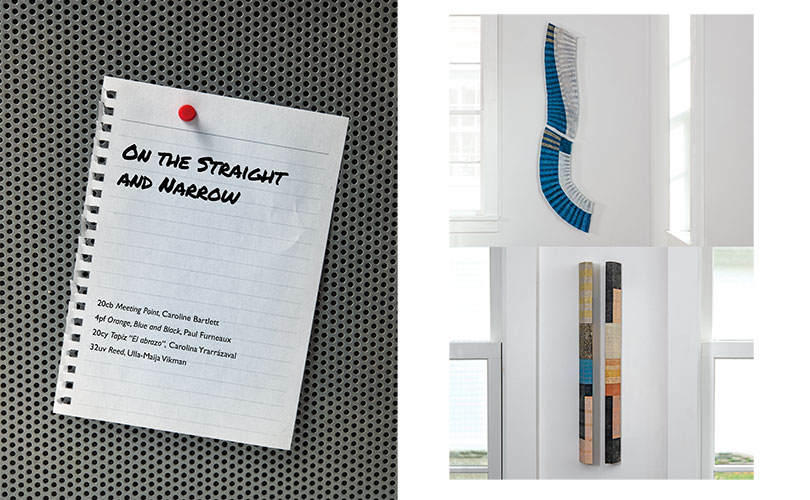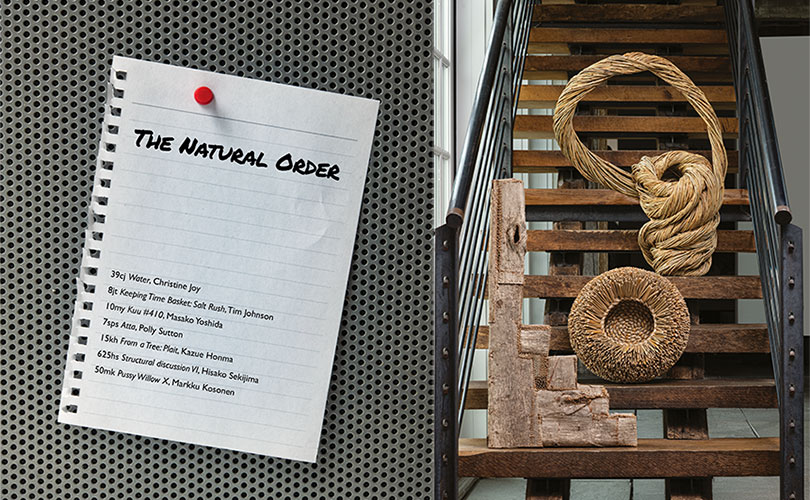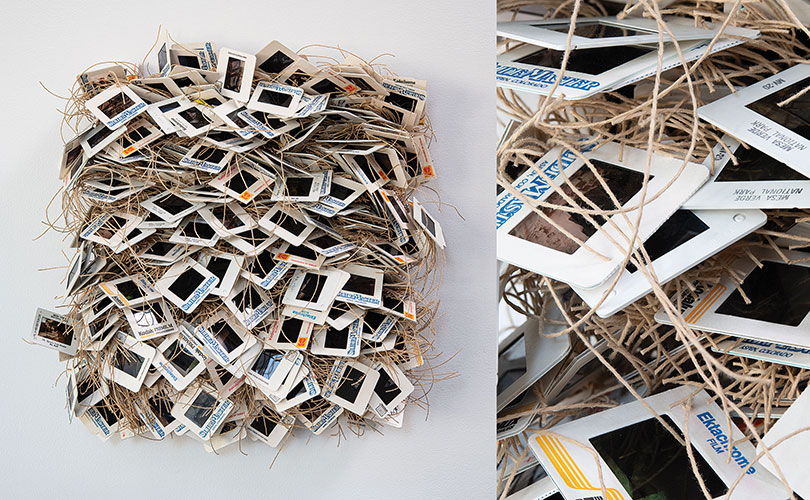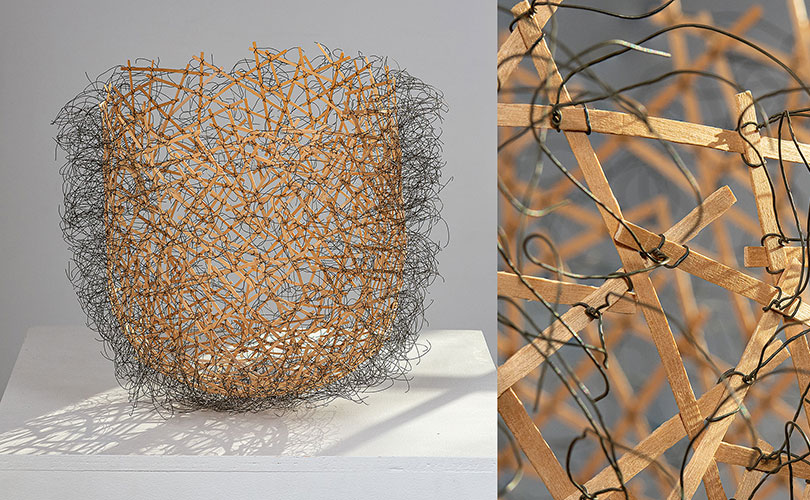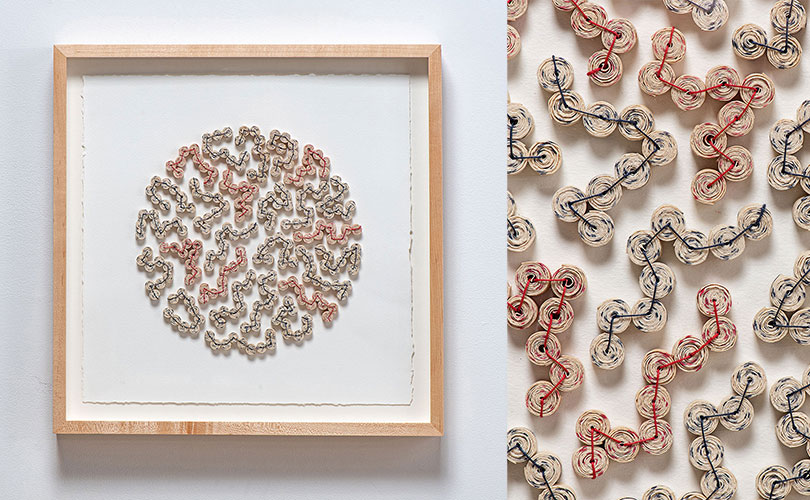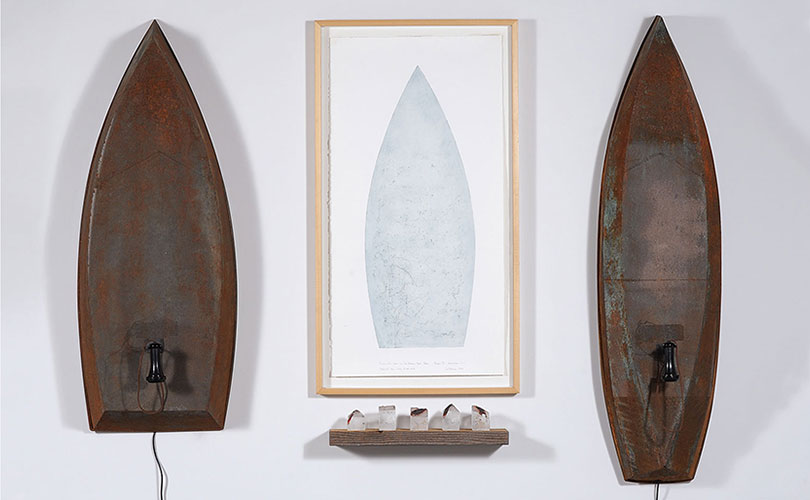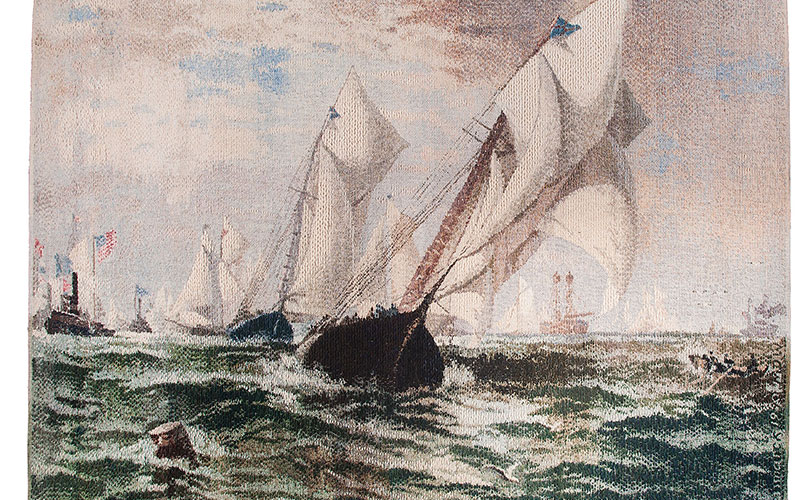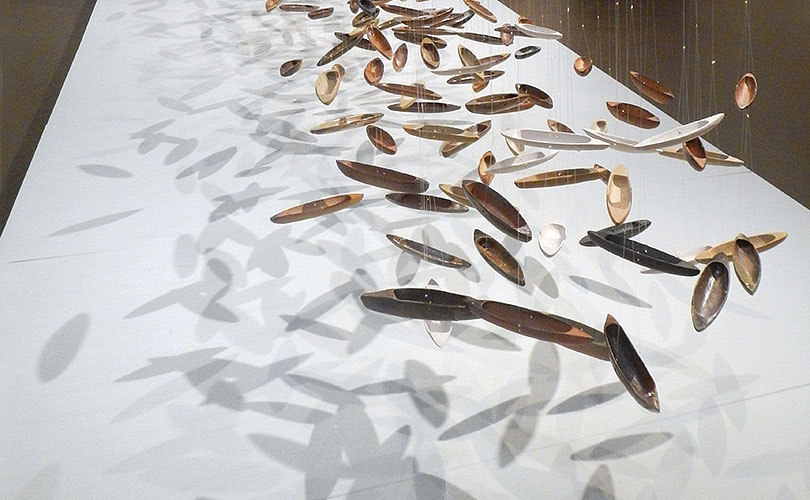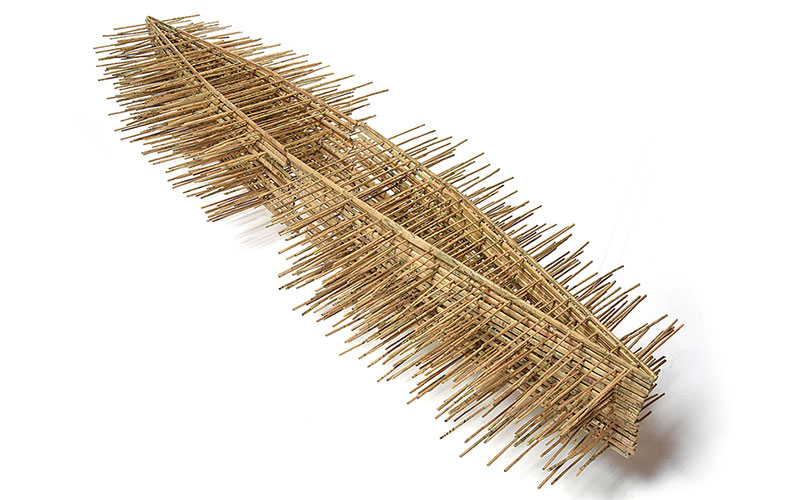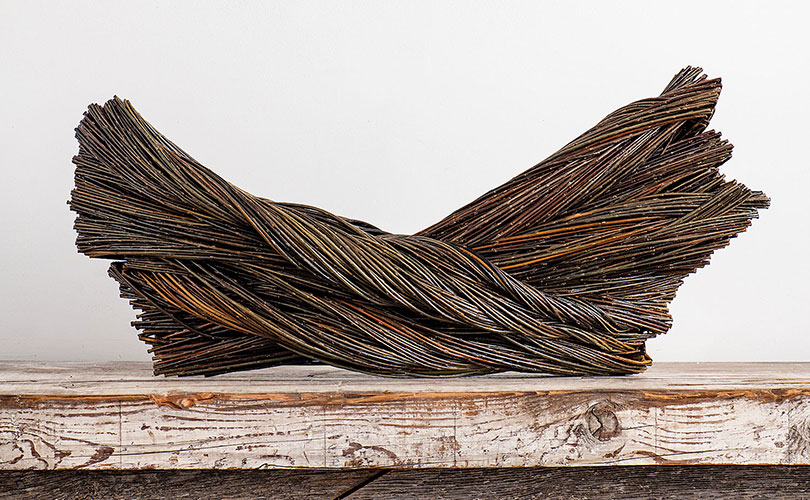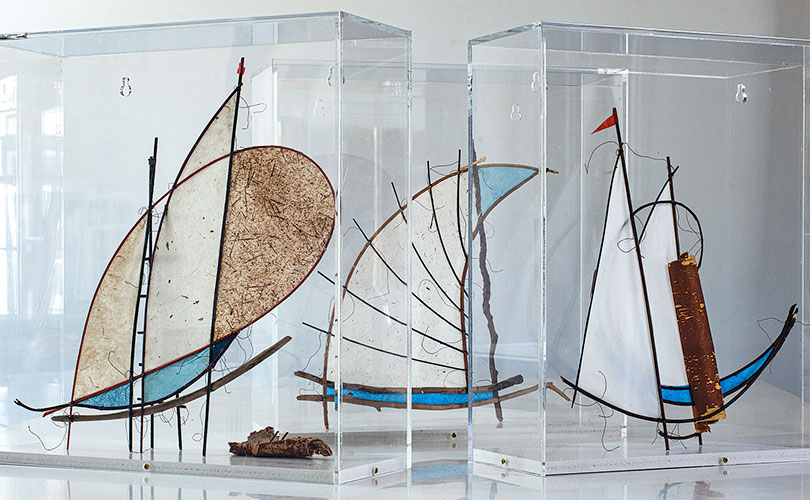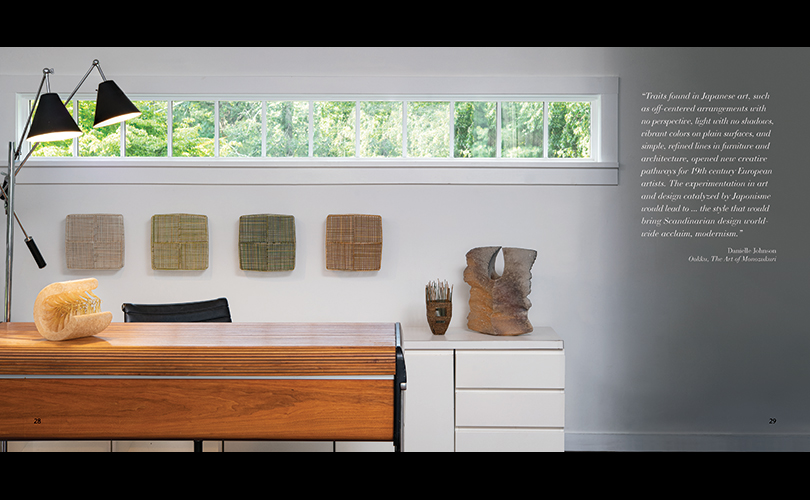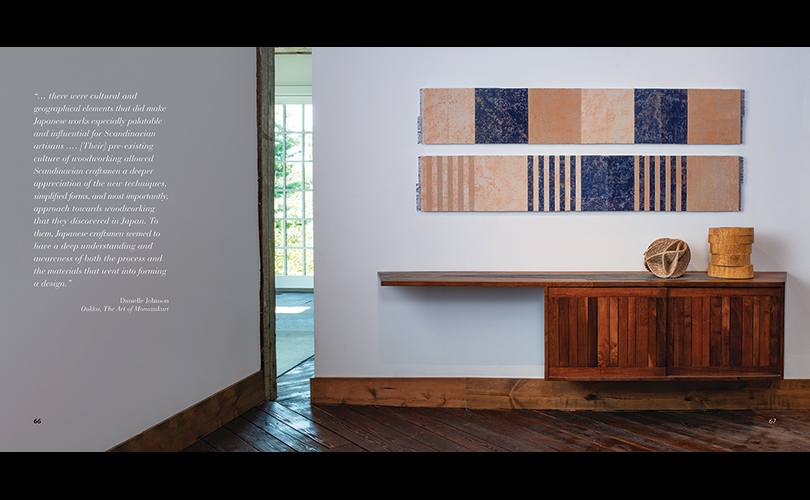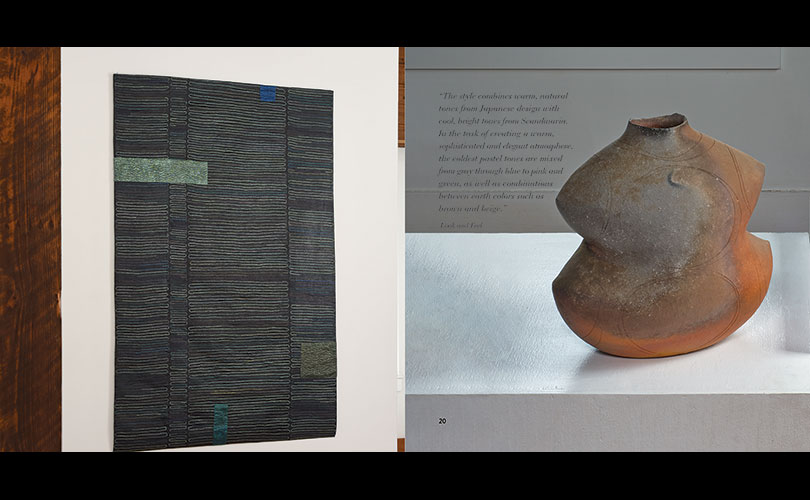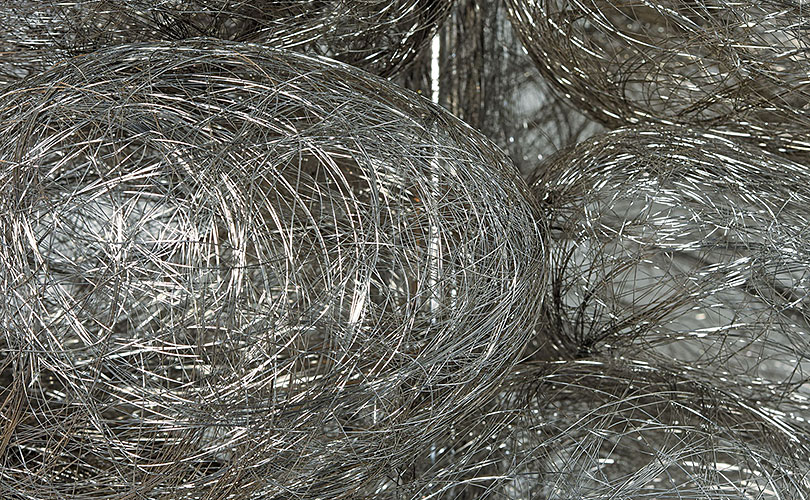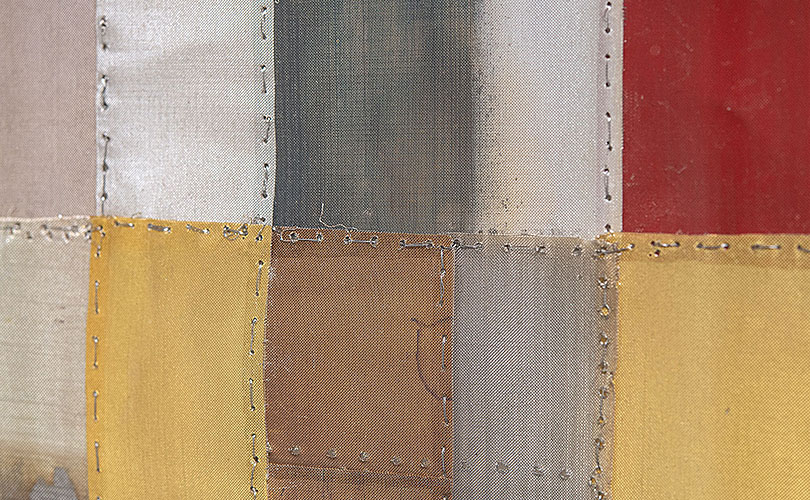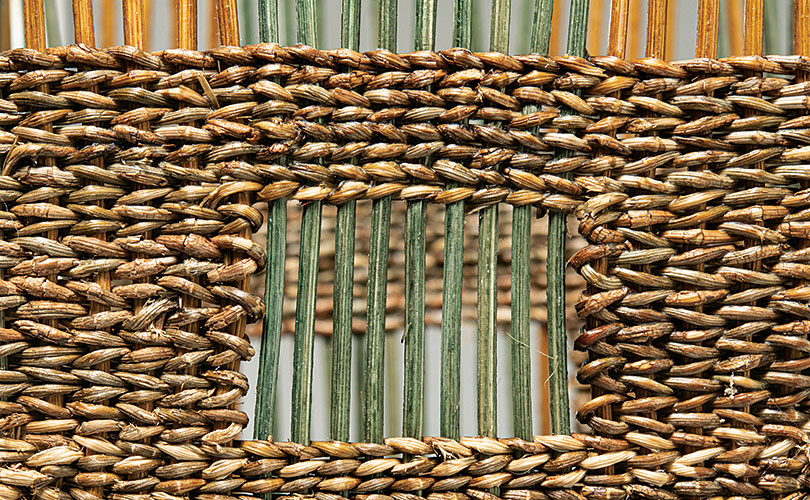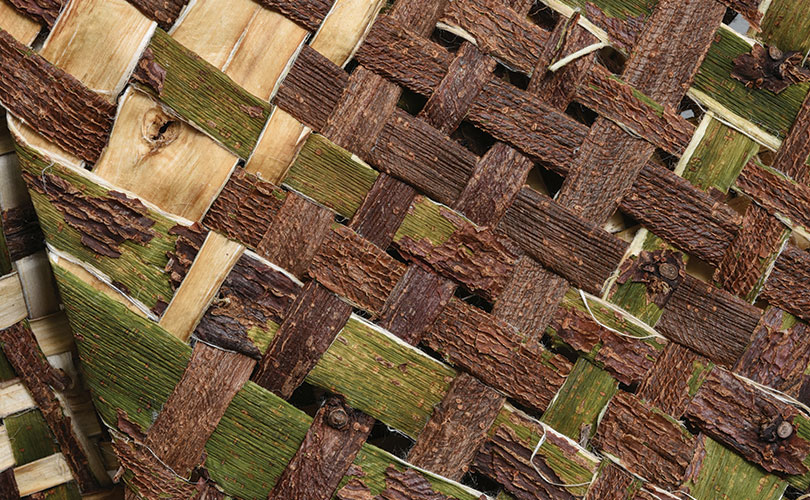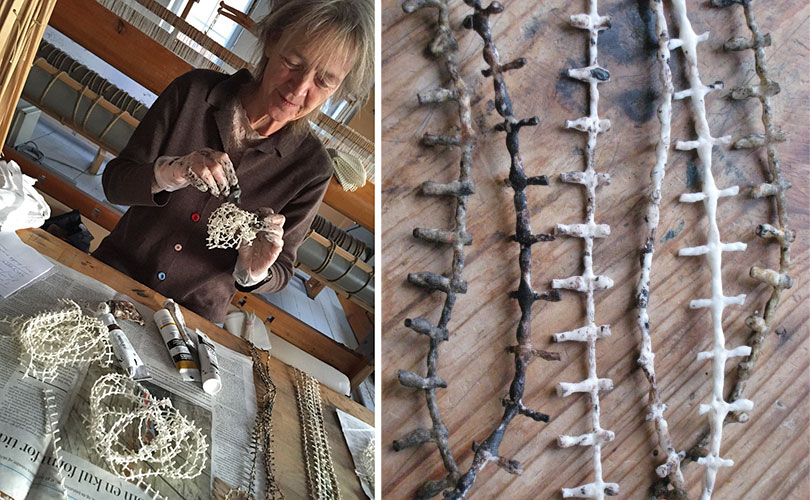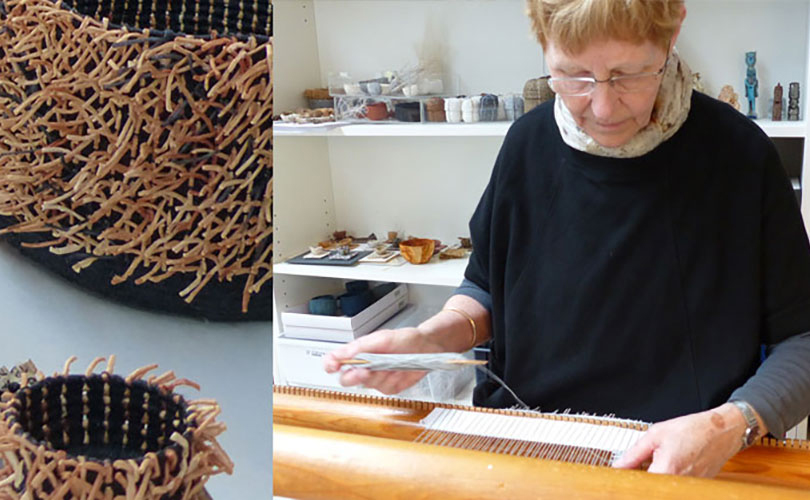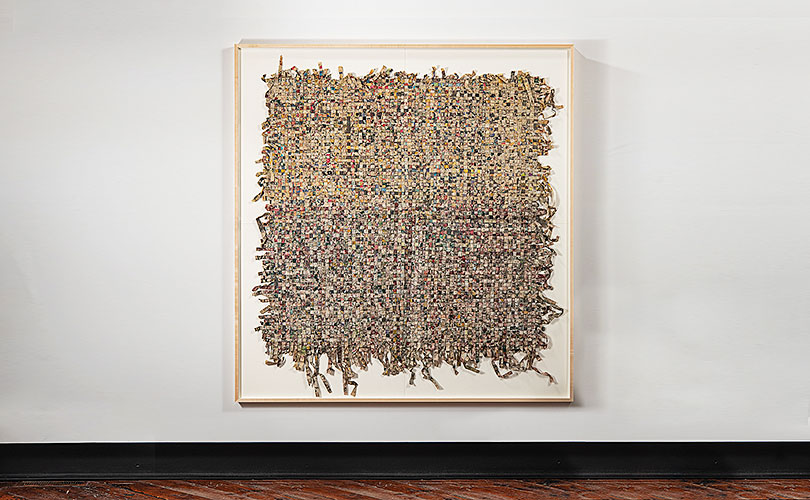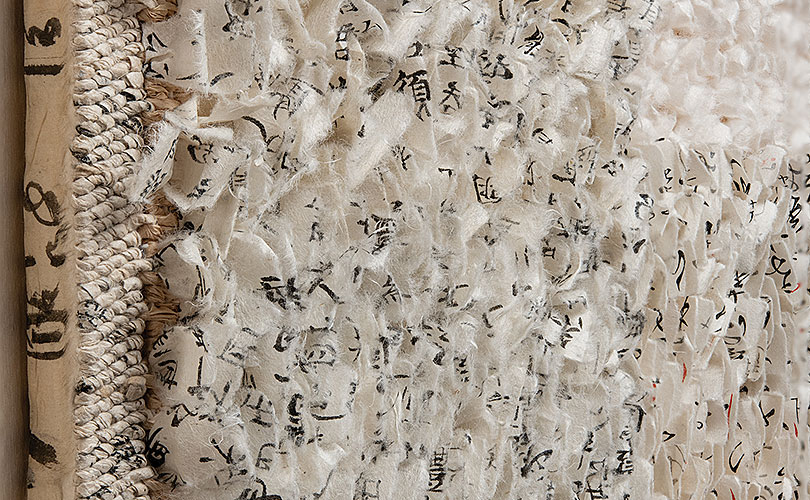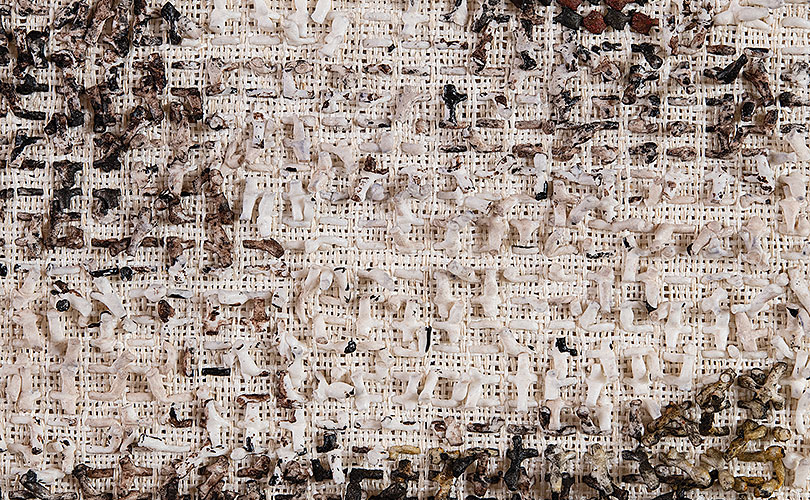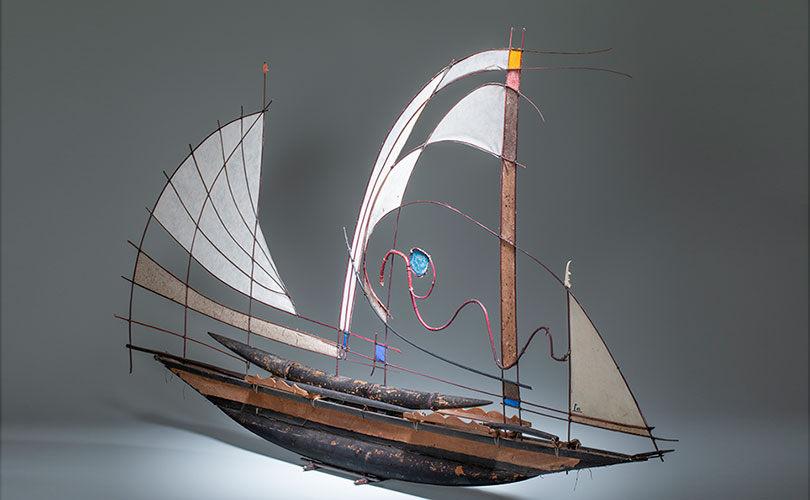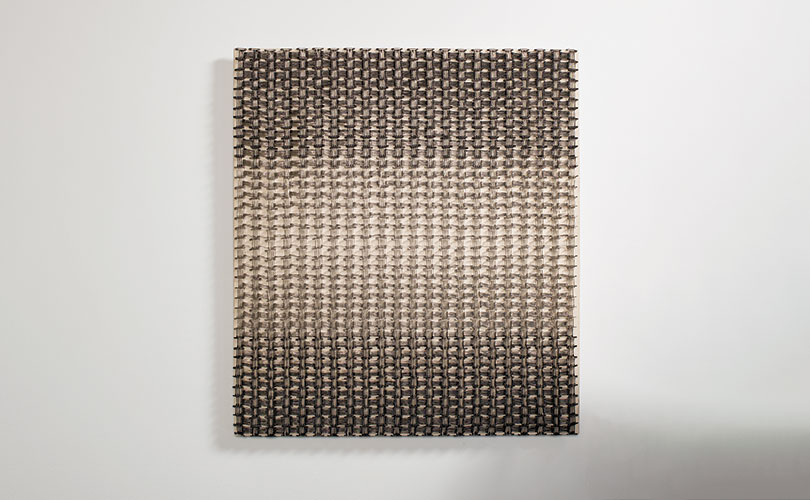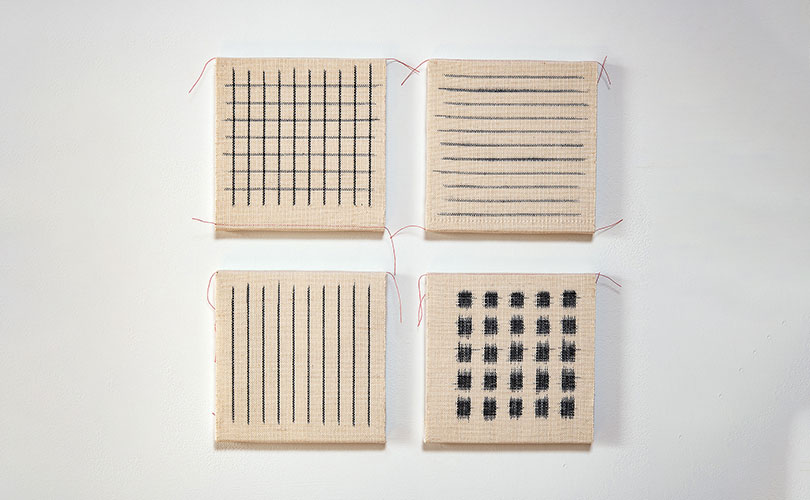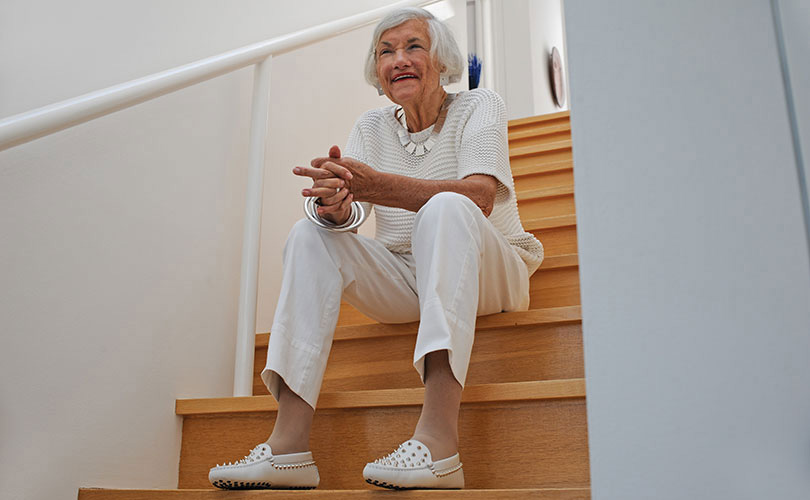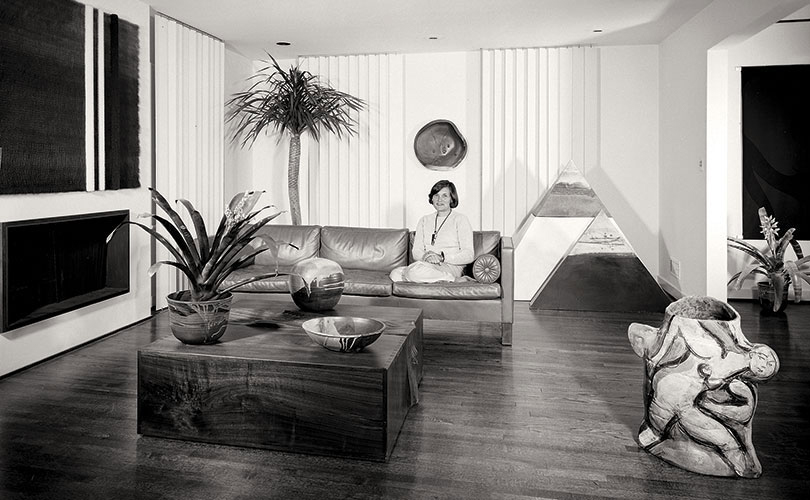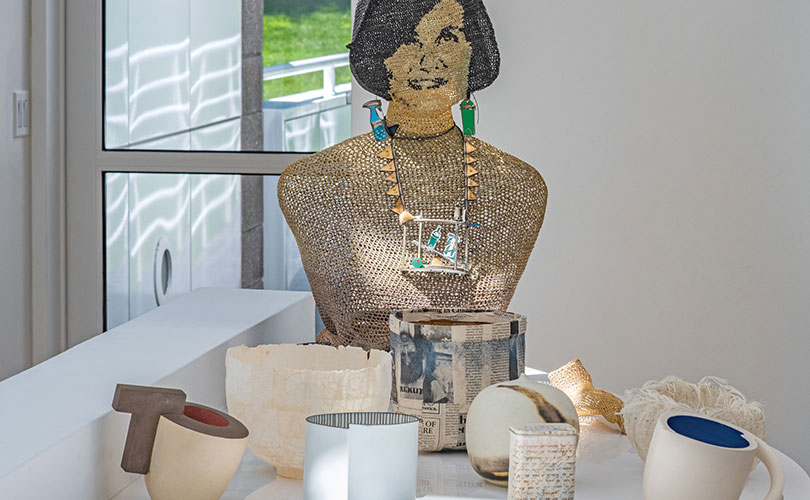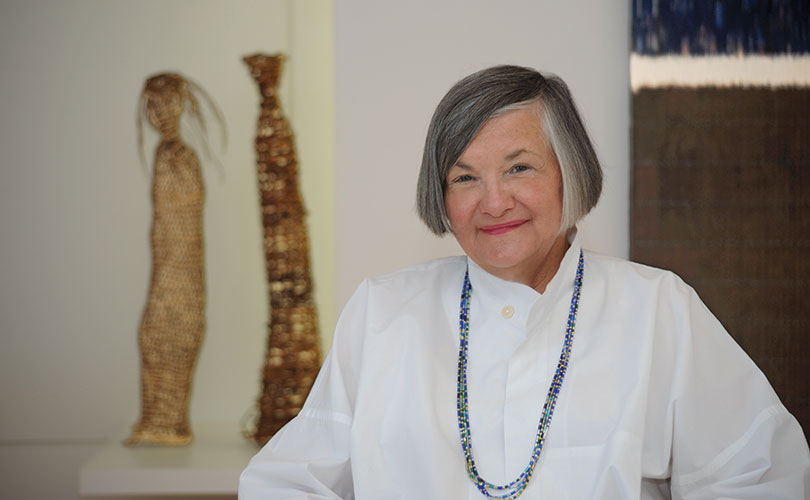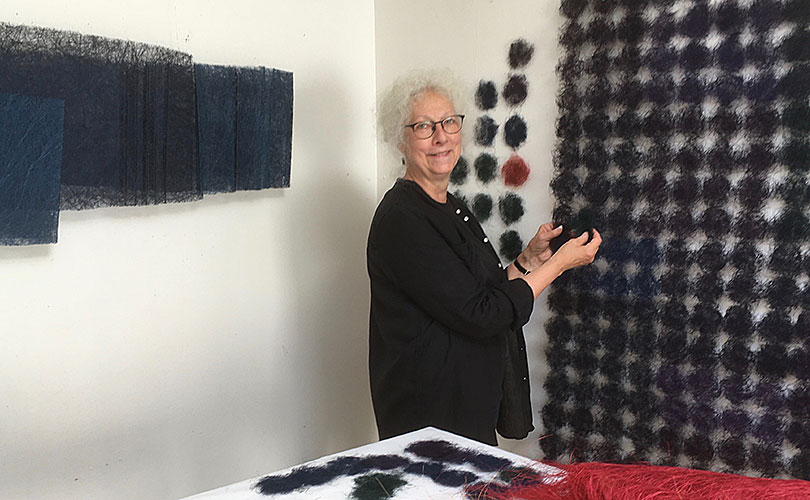
Agave sisalana, better known as sisal, is a cactus-like plant cultivated in Mexico and Central America. Known for its stiff fiber, most often used to make ropes, rugs and even construction materials, sisal fibers are yellow-white in their natural state. Through a kind of alchemy, Swedish fiber artist Mia Olsson manipulates the prickly sisal into airy, semi-transparent wall sculptures, dyed in richly saturated warm tones. “I am interested in exploring textile fibers, how they are, their properties and characteristics, and what I can do with them,” say Olsson. Sisal fiber is flat and shiny, reflecting light beautifully and strengthening the color. Olsson describes it as “so interesting to work with, especially when forming three-dimensional pieces. My work is experimental and I never know on which journeys the fibers will take me.”
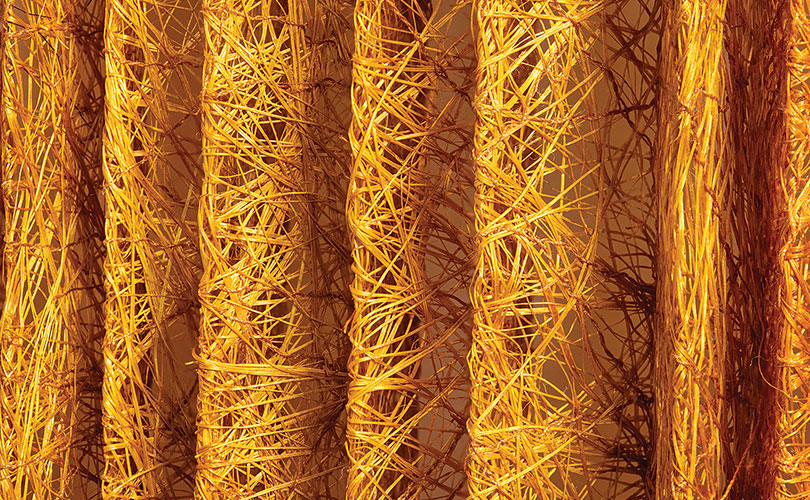
Dyeing is an important part in the process. The last couple of years, Olsson has been working with natural dyestuffs to see if she can replace synthetic dyes with natural ones. “The most difficult fibers to dye natural is plantfibers. It´s hard, but I am working on it,” she says. “My goal is to have the same ‘paintbox’ with natural dyestuff as with my ordinary ones.”
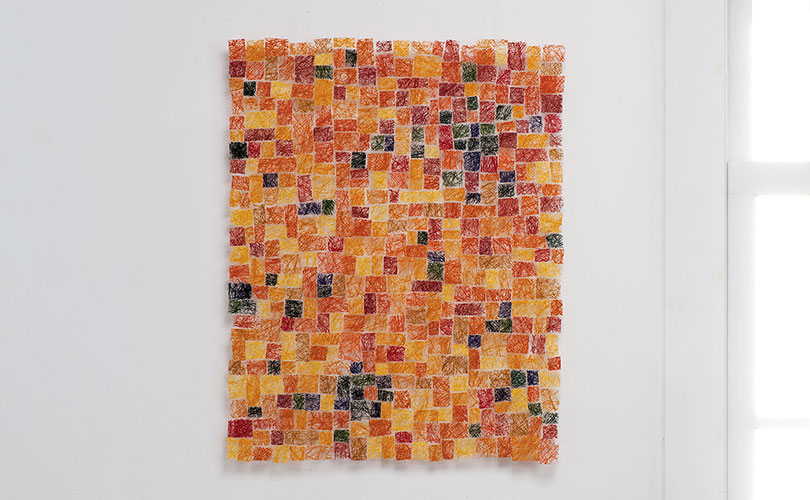
In creating her works, Olsson dyes the fibers, then organizes them into a kind of fiber cloth, making it possible for her to connect them on a sewing machine. “I save all fibers, even ones that are too short, fiberscraps and cut-off pieces,” she says. “They can lead me on to new exploring paths.” Even very short fibers can be formed into circles or other shapes that can be joined together and then formed to create bigger or smaller pieces. An example is the patchwork of sisal squares that make up Map of a Warm Area. The piece offers a textured topography mapped in a wanderlust hue of orange, red, yellow, rust and black. “When working with Map of a Warm Area I was thinking of a very hot place, hard to live in, too dry and sunny,” remembers the artist. “It was made 2012 and then I didn’t think about climate change in the same way as we do today, But it can absolutely be read as reflecting concerns about the environment.”

Olsson also works with larger sisal pieces, Her larger sisal banners, like Blue/Purple Pleats and Orange Pleats, float effortlessly in space highlighting their dimensionality, bold color and tactile dynamics. She creates sculptural works from fiber as well, groupings of soft stones in jewel-colors. And, more recently, she created Together, a minimalist work,
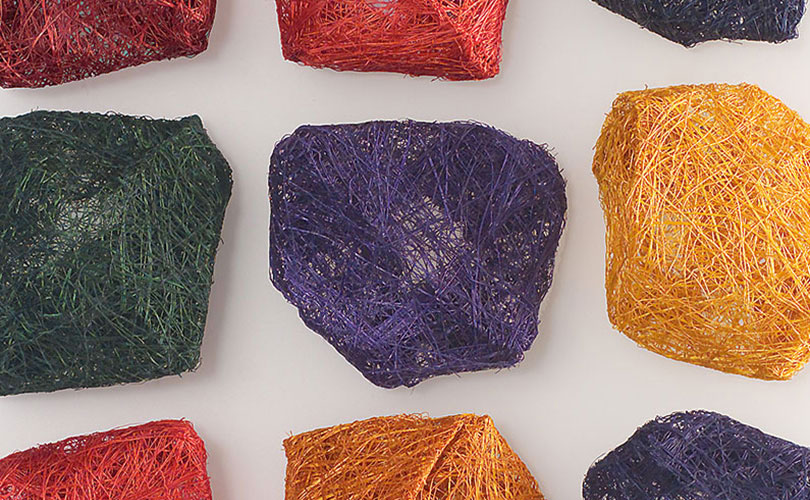
Other themes Olsson identifies in her work are clothes and their symbols, memory and time. and maps and game plans. Living part of her time close to nature also affects and inspires her work. She also credits Japan as an influence, “I am inspired by and fascinated of Japanese art and crafts. Their exquisite ways of using natural material, as well as synthetic material, their skilled dyeing techniques and the way traditions and innovations are combined in textile art is an inspiration,” she says.


